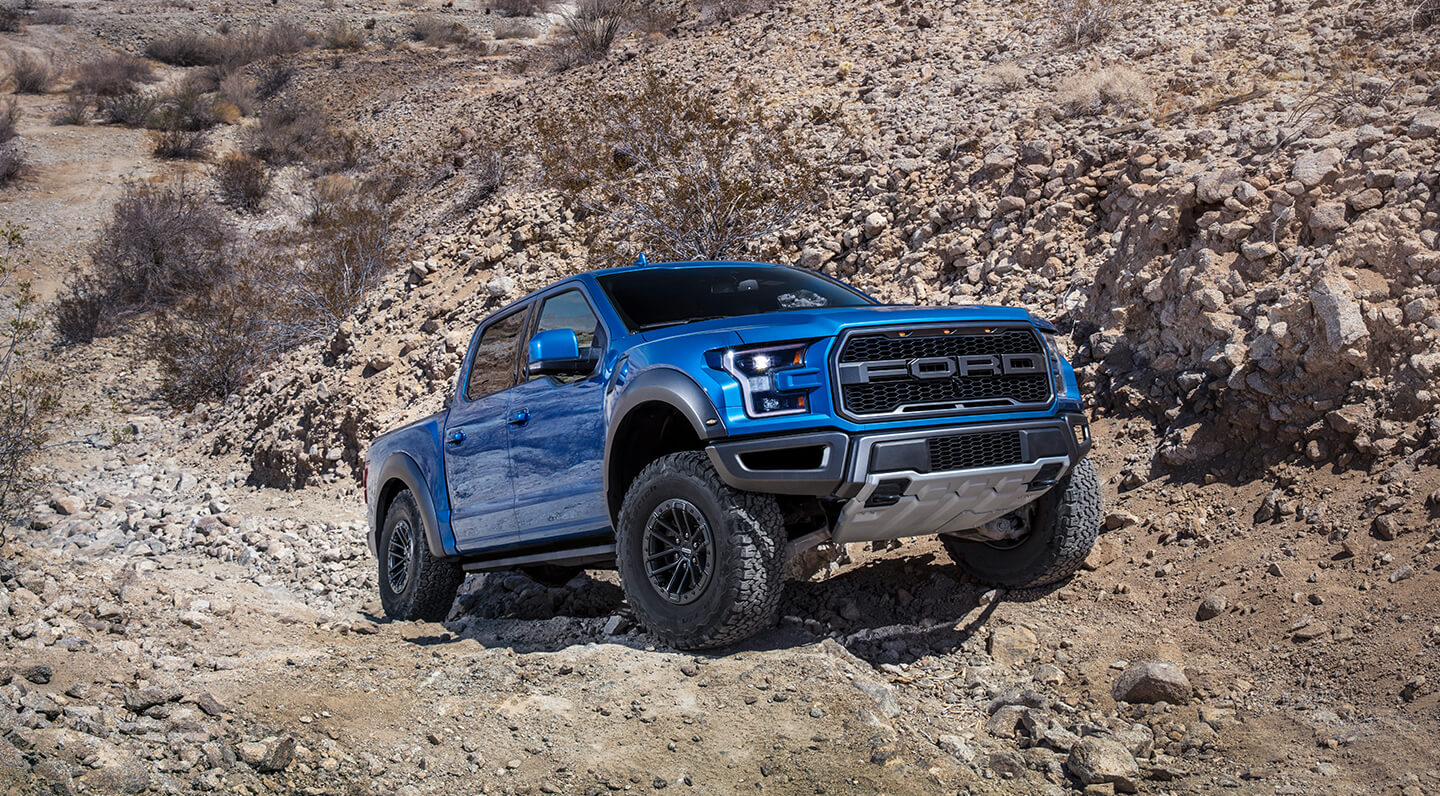
No other tire is as universally successful and as accepted both on and off the road as an all-terrain. It is the daily-driver go-to workhorse option among 4×4 and off-road enthusiasts. You’ll find all-terrain tires on Jeeps, 1/2-ton pickups, 1-ton tow rigs, full-size SUVs, overland campers, trailers, prerunners and almost every other off-road worthy vehicle imaginable. Chances are if you own a 4×4, you’ve likely rolled on, purchased, or have at least considered purchasing all-terrain tires. Some OE 4×4 off-road packages even roll off of the assembly line with all-terrain tires already installed. If you’ve decided to step into the all-terrain tire market, there are some things you should consider. First, not all all-terrain tires are equal. Many small differences can make one all-terrain tire a better choice for your application than another. Knowing the differences and what to look for in tread design, sidewall features, and overall carcass construction will ensure you’re rolling on the best rubber for your 4×4.
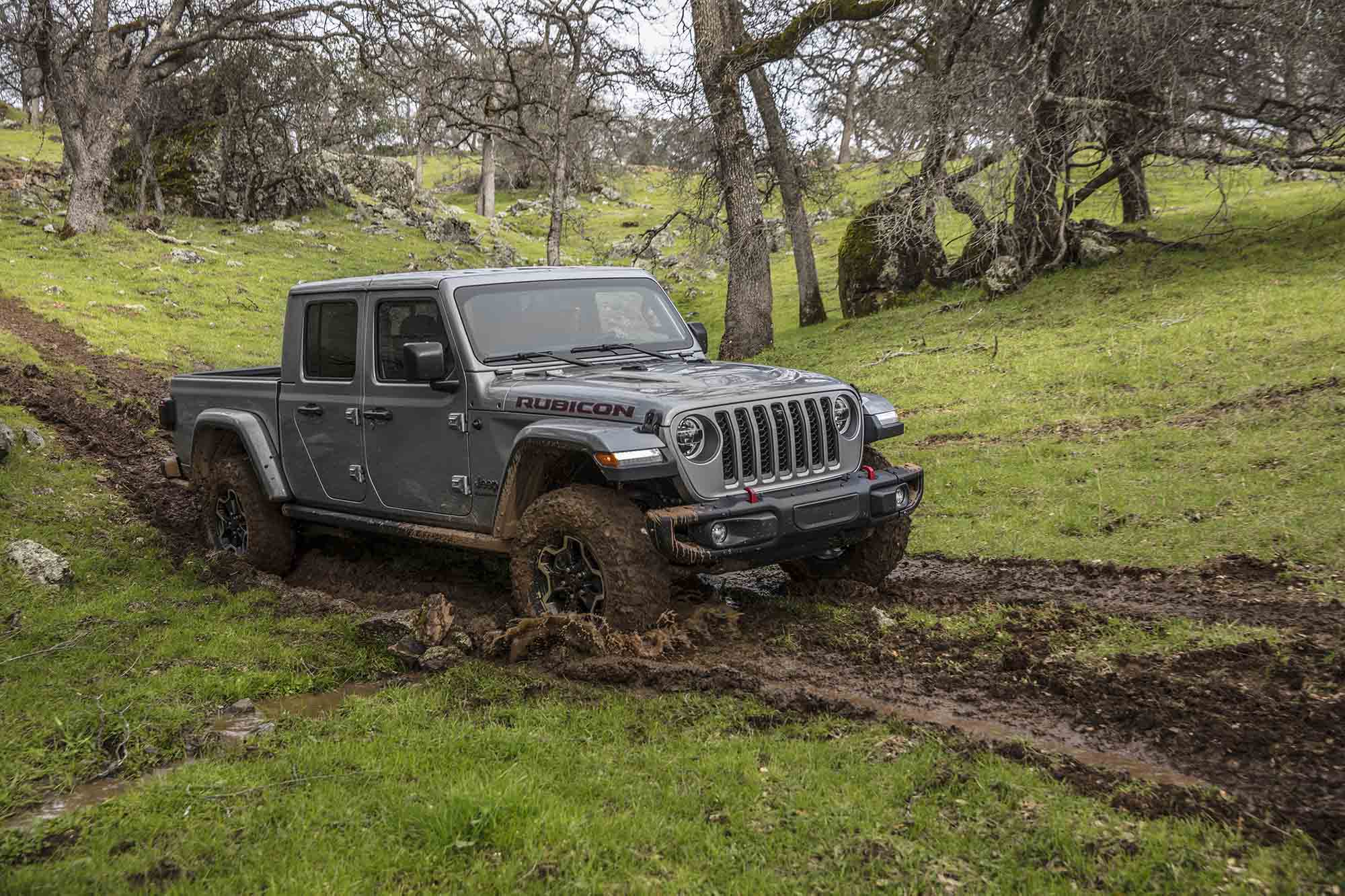
All-terrain tires are the jack of all trades for the 4×4 tire market. The only area they won’t work well is in thick clay mud. The tacky wet stuff will clog the relatively mild all-terrain tread, leaving you with four slicks, halting forward progress. The more open voids of a mud-terrain can help on rocky, technical trails too.
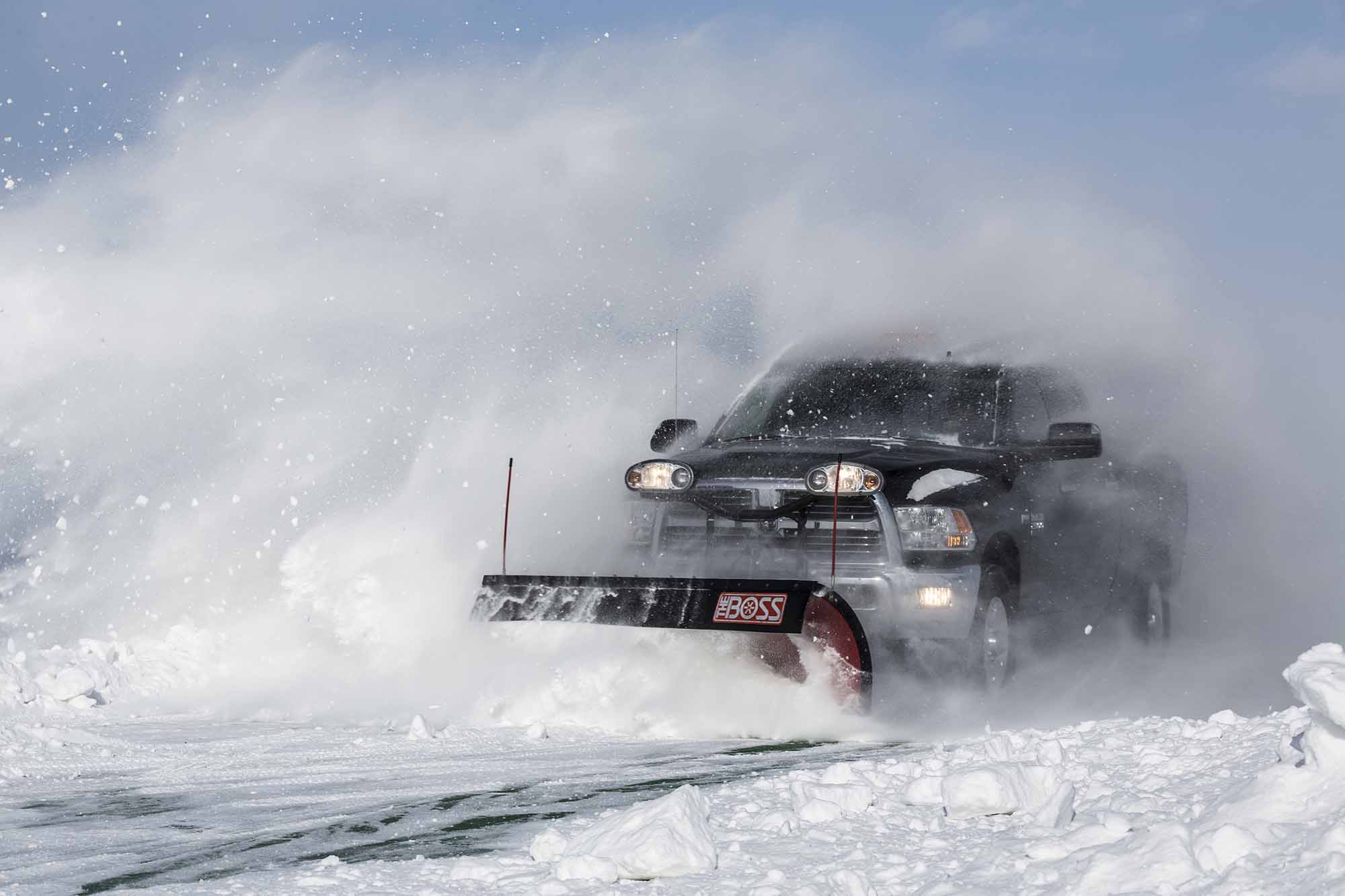
You can find all-terrain tires on nearly every make and model of 4×4. The road, sand, snow, and ice are where all-terrain tires typically really shine. For best performance in specific conditions, you should match the tread features and tire ratings with where you plan to use them most.
Why Choose An All-Terrain Over A Mud-Terrain Tire?
If you’re steering toward all-terrain tires, you likely spend more time on-road than off-road making on-road performance important to you. However, if you’re considering all-terrain tires, you’re probably not willing to completely sacrifice off-road performance in favor of highway attributes. All-terrain tires do well in sand, snow, ice, dirt, grass, gravel, loose surfaces, rocks, slick rock and so on. You really can’t go wrong with all-terrain tires, unless there are particular conditions that you plan to encounter.
Perhaps the most detrimental terrain to overall all-terrain tire performance is mud, but not just any mud. In most cases, all-terrain tires can hold their own in the slick stuff. Where they can’t is in heavy clay. Tacky clay muds will generally fill the smallish all-terrain tire voids quickly, turning the tires into giant slicks rendering them nearly useless on the trail. If wet clay is your game regularly, then you might want to consider a more aggressive all-terrain tire with sidewall lugs and a more open tread. Or make the leap to a mud-terrain tread pattern.
Where Do All-Terrain Tires Work Best?
Even though all-terrain tires perform in a variety of conditions, there are some areas where they truly shine. All-terrain tires are an excellent choice if you have a long commute, need a flotation-sized tire, or are a weekend warrior. Mild all-terrain treads have the advantage of many gripping edges. Most all-terrain treads also feature sipes. These are the tiny cuts in the tread lugs that open up and provide additional grip. The sipes are essential for traction on snowy and icy surfaces. Mud-terrain tires generally perform very poorly in these conditions.
All-terrain tires also work well in the sand when properly aired down. The less aggressive tread helps keep your 4×4 on top of the sand. Mud-terrain tires are designed to move material, and this can cause your 4×4 to dig down and get stuck in the sand. The wet weather on-road performance of all-terrain tires will far surpass most mud-terrain tires too. As mentioned earlier, it’s hard to beat an all-terrain on a daily commuter that still sees off-road use.
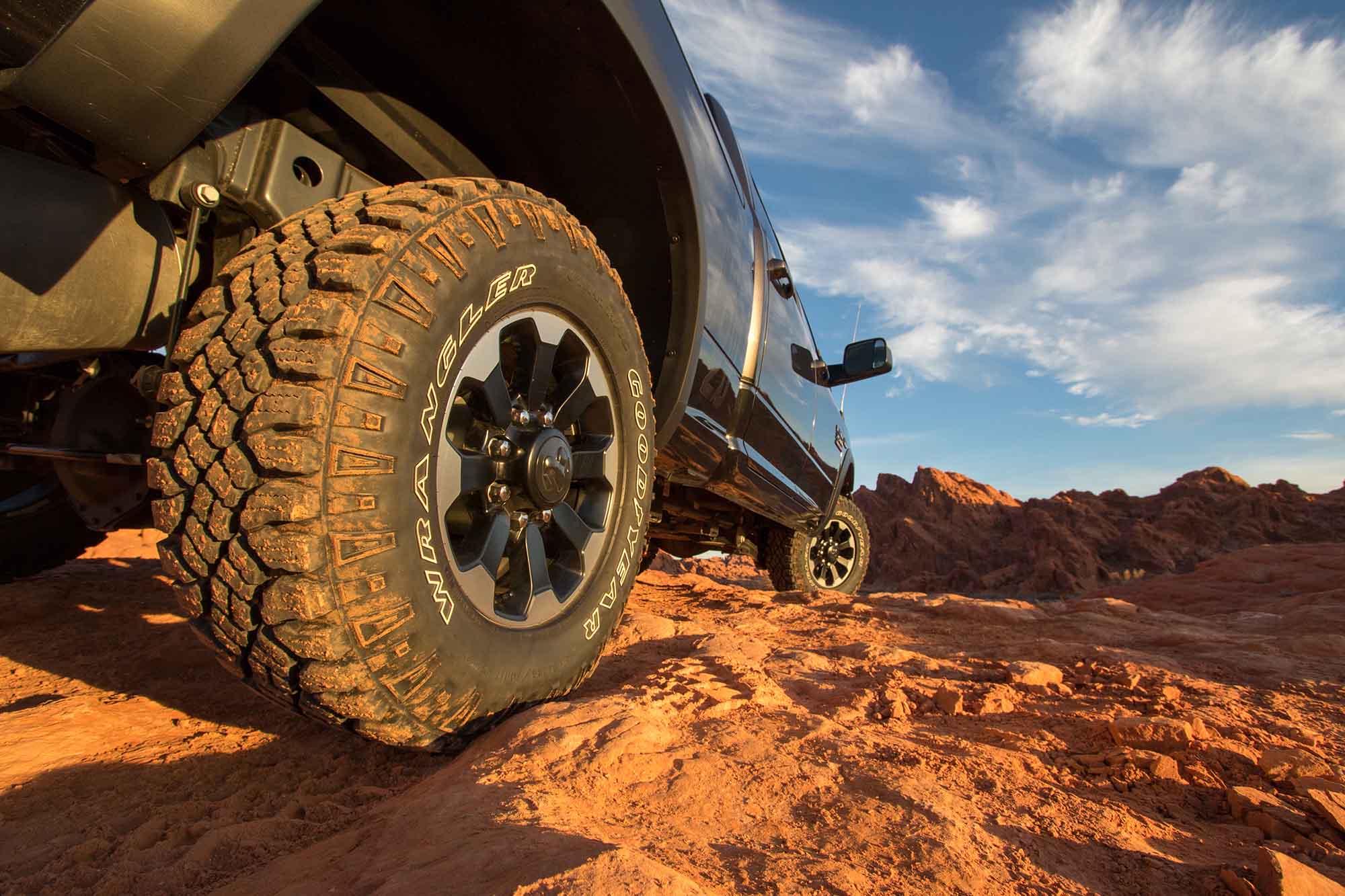
The more aggressive all-terrain tires, such as these Goodyear Duratrac tires, are sometimes called tweener tires. The tread design falls between an aggressive luggy mud-terrain tire and a more traditional mild-mannered all-terrain.
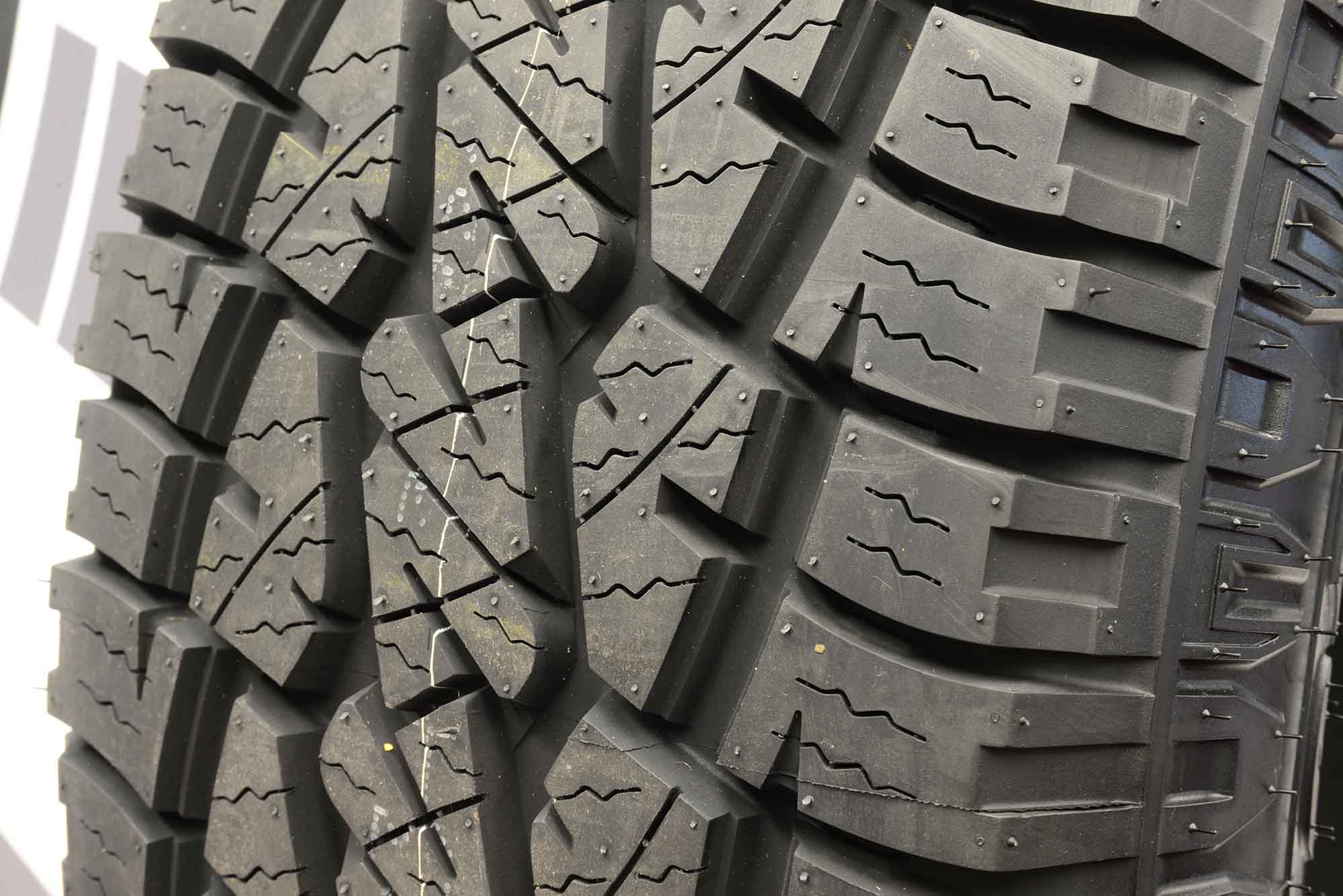
Long-lasting tires, such as the Pro Comp A/T Sport, come with a 60,000-mile treadwear warranty. If you put a lot of road miles on your 4×4, a tire with a significant treadwear warranty can save you a lot of money in the long run.
Are More Aggressive All-Terrains Better For Me?
Most people thing all-terrain tires are all the same, but there are a variety of all-terrain tread patterns available. Going with a more or less aggressive all-terrain tire will ultimately depend on personal preference. However, when choosing your all-terrain tire, you should consider the conditions you plan to use them in. If you’re planning for more muddy conditions, you might go with something more aggressive that has luggy sidewalls. If you regularly encounter snow and ice, look for more biting edges and sipes in the tread area. Selecting the tire based on the tread features that you need for how you use your 4×4 will be much wiser than making a tire selection based solely on aesthetics.
Is A Treadwear Warranty Important?
Many all-terrain tires come with treadwear warranties. These warranties may cover all or part of the tire cost should you not reach the expected mileage under warranty. It all sounds like a win-win, but treadwear warranties are a double-edged sword. Of course, you want your tires to last a long time because they are not inexpensive. On the other hand, you may not want to sacrifice performance on and off the road for tire longevity.
All-terrain tires with longer treadwear warranties typically feature a harder rubber compound in the tread area. A harder compound helps make the tires last longer, but it can also decrease the traction that the tread provides. Harder rubber compounds are also more prone to chunking when combined with aggressive driving on gravel or rocky trails. Soft rubber tread compounds will offer more traction in nearly all conditions, especially on wet and wintery roads, but they will wear more quickly. All-terrain tires made with softer tread compounds will often have a lower treadwear mileage number or no treadwear warranty at all. You have to decide if performance or longevity is more important to you.
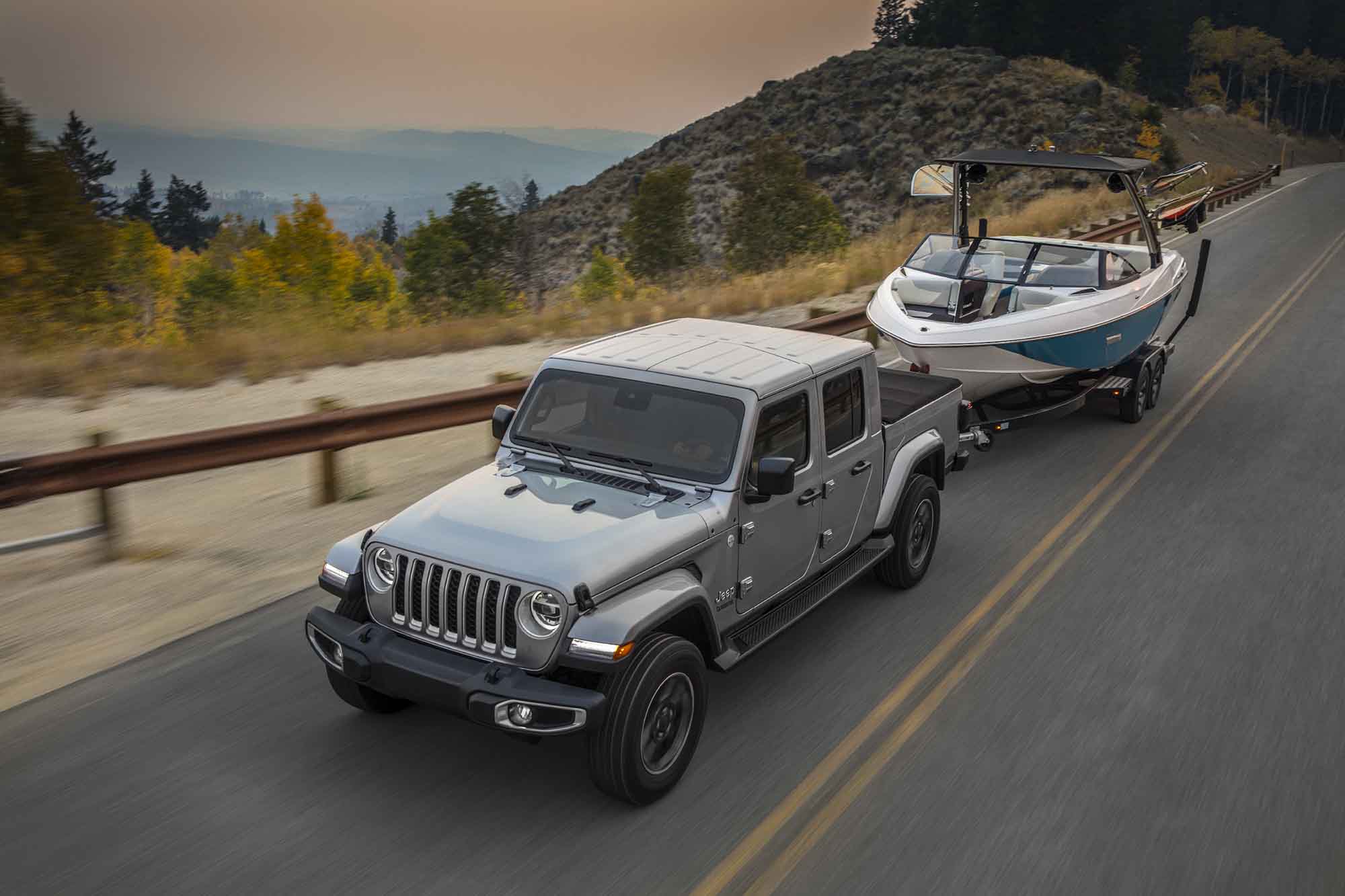
All-terrain tires are quieter on the road than a typical mud-terrain tire. They usually provide crisper handling too. Also, less aggressive all-terrain tire options will generally make less road noise than the more aggressive tweener all-terrain tires.
How Many Miles Will All-Terrain Tires Last?
Tire life is dependent on several factors. These factors include tire tread compound, regular tire rotations, air pressure, chassis alignment, shock absorber condition, overall vehicle weight, temperature, and driving habits. With so many variables, it’s nearly impossible to predict how long a set of tires will last in a given application. In most cases, you can expect an all-terrain tire to last significantly longer than a comparable mud-terrain tire given the same parameters. For maximum tire life, you should stay on top of checking and maintaining proper tire pressure, rotate the tires regularly, and keep your 4×4 aligned. Less aggressive driving will also lead to longer tire life. Hard cornering, heavy throttle starts, and heavy braking will increase tire wear.
Are All-Terrain Tires Noisy On The Road?
All-terrain tires are typically designed to be relatively quiet for road use. They may not be as quiet as a basic street-friendly all-season tire, but they will be quieter than most mud-terrain tires. Look for a less aggressive tread pattern if low noise levels are important. Keep in mind that you will be sacrificing some performance off-road if you do this.
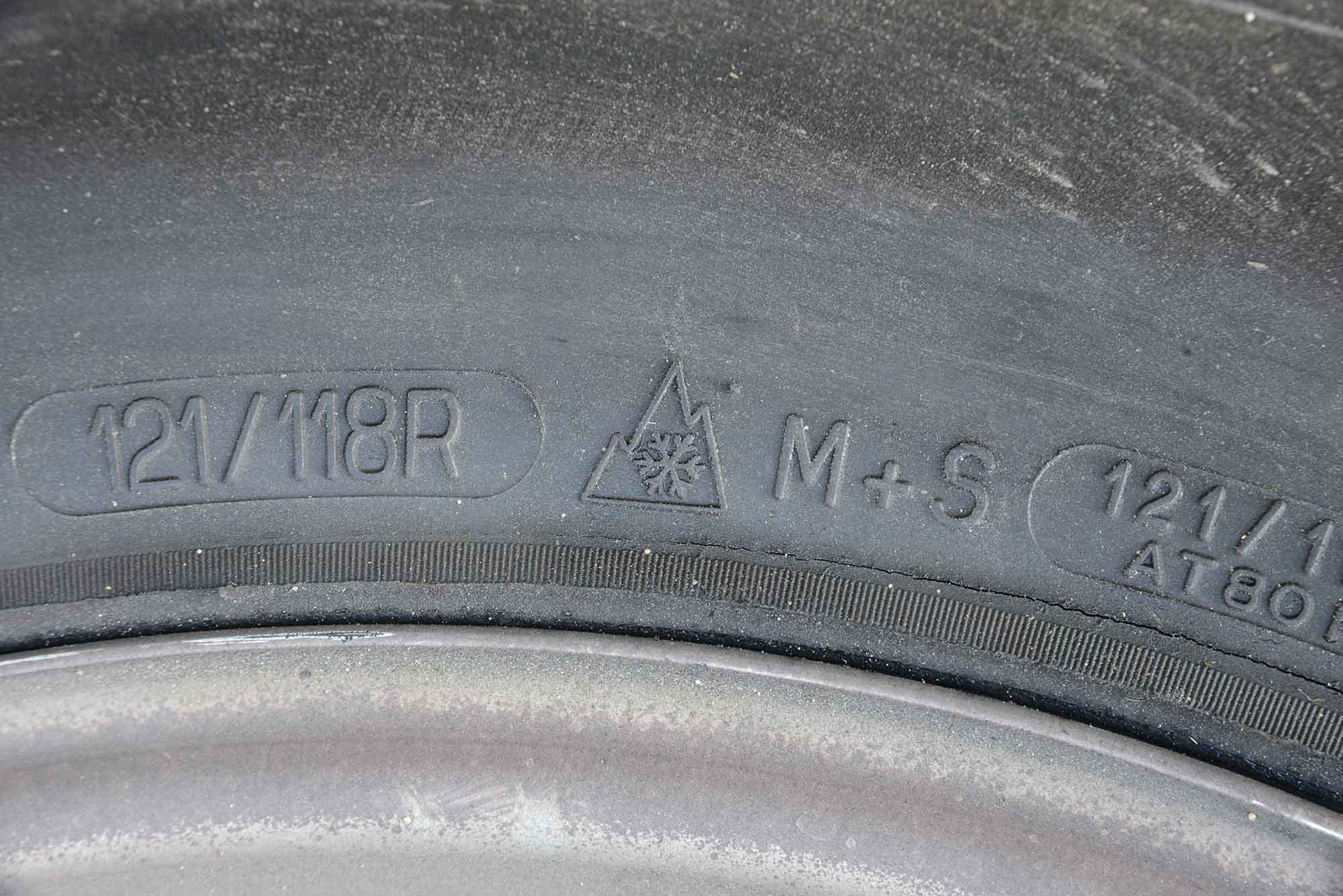
If you plan on regularly seeing snowy and icy winter roads in your 4×4, you should consider an all-terrain tire with the Three Peak Mountain Snowflake rating. These tires will have the Three Peak Mountain Snowflake stamp on the sidewall and meet the required performance criteria in snow testing beyond a traditional mud and snow rated tire.

The BFGoodrich All-Terrain has been a 4×4 tire staple for decades and for good reasons. It features the same puncture-resistant three-ply sidewall that you can find on many mud-terrain tires. Knobby tread lugs that cover the sidewall on the KO2 not only provide more traction in loose and muddy conditions, but they also offer increased sidewall protection too.
Do I Need The Three-Peak Mountain Snowflake Rating?
Pretty much every all-terrain tire comes with the standard mud and snow (M+S) rating. In most cases, this rating is acceptable for the majority of applications. However, for those that regularly depend on their 4×4 to perform in the snow and ice, the Three-Peak Mountain Snowflake rating, also known as 3PMSF, takes the mud and snow rating to the next level. Tires with the Three-Peak Mountain Snowflake rating meet the required performance criteria in snow testing to be considered severe snow service-rated tires. These tires typically feature more sipes and softer tread compounds, which improve traction on snow and ice. Only a handful of all-terrain tires feature the Three-Peak Mountain Snowflake rating. These tires include the BFGoodrich All-Terrain T/A KO2, Falken Wildpeak A/T3W, General Grabber AT2, Goodyear Wrangler A/T Extreme, Goodyear Wrangler Silent Armor, and the Goodyear Wrangler DuraTrac.
Are All-Terrain Sidewalls Weaker Than Mud-Terrain Sidewalls?
All-terrain tires are less likely to encounter a sidewall puncture than a mud-terrain tire, but that doesn’t mean that every all-terrain tire has weak sidewalls. On the contrary, the sidewall construction of many high-quality all-terrain tires mimics mud-terrain tires. For best all-terrain tire sidewall durability, look for a radial all-terrain tire with three-ply sidewalls. There are also some all-terrain tires with proprietary two-ply sidewalls with a tighter weave or unique materials that are more puncture resistant than traditional two-ply sidewalls. Tires with tread lugs that run down the sidewall provide additional protection from punctures.



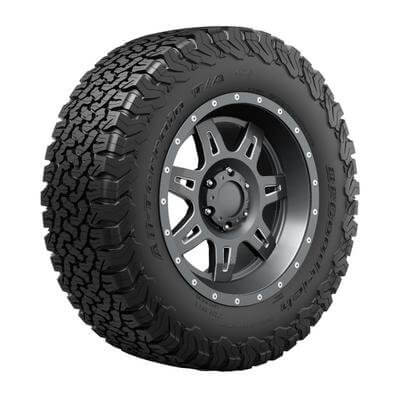
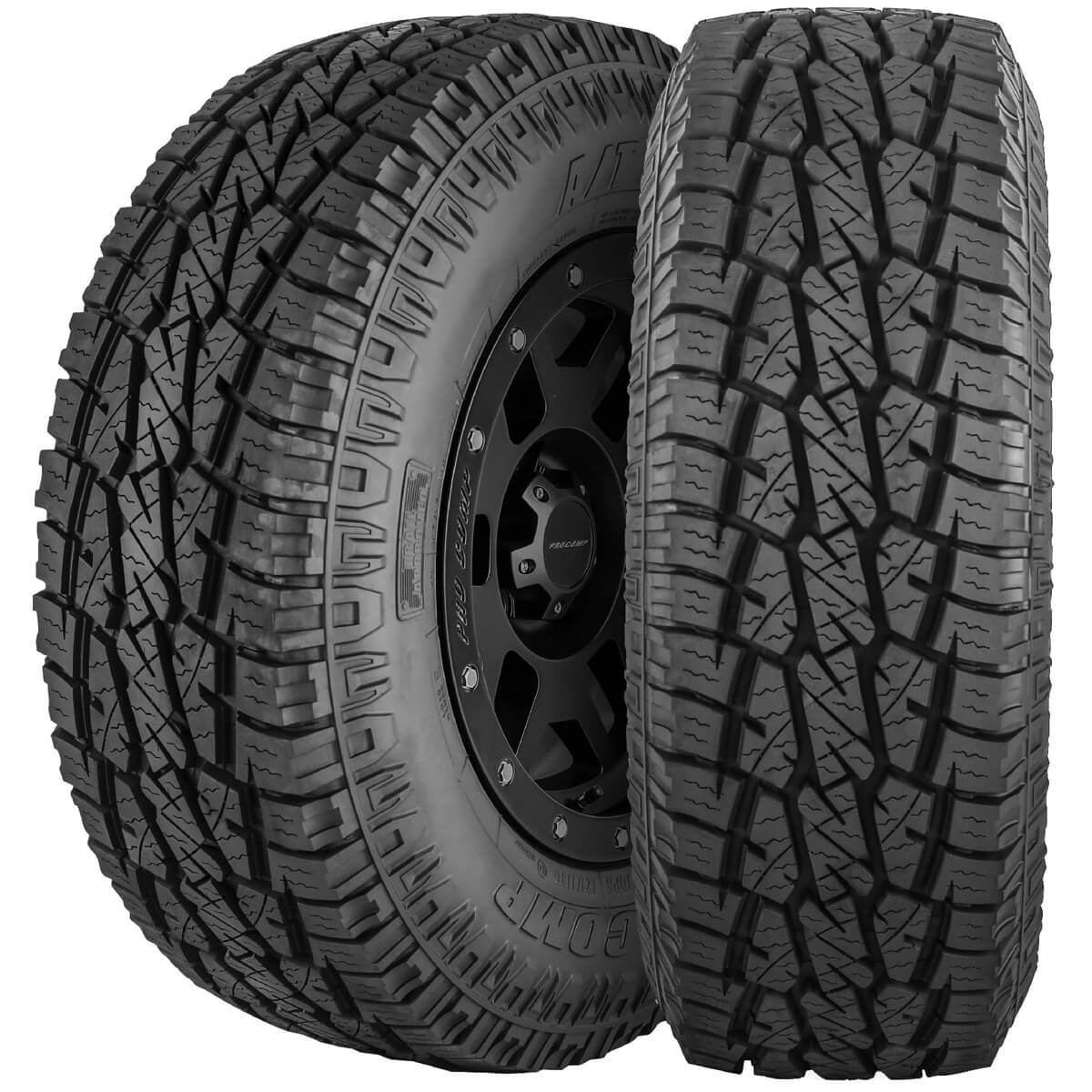
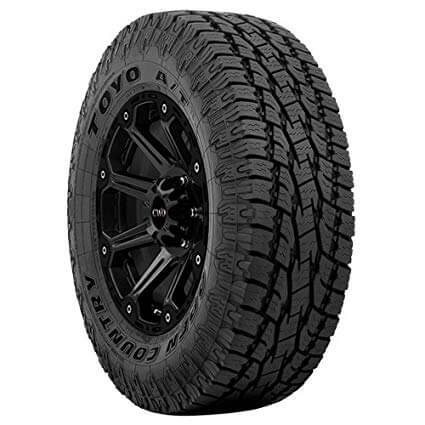
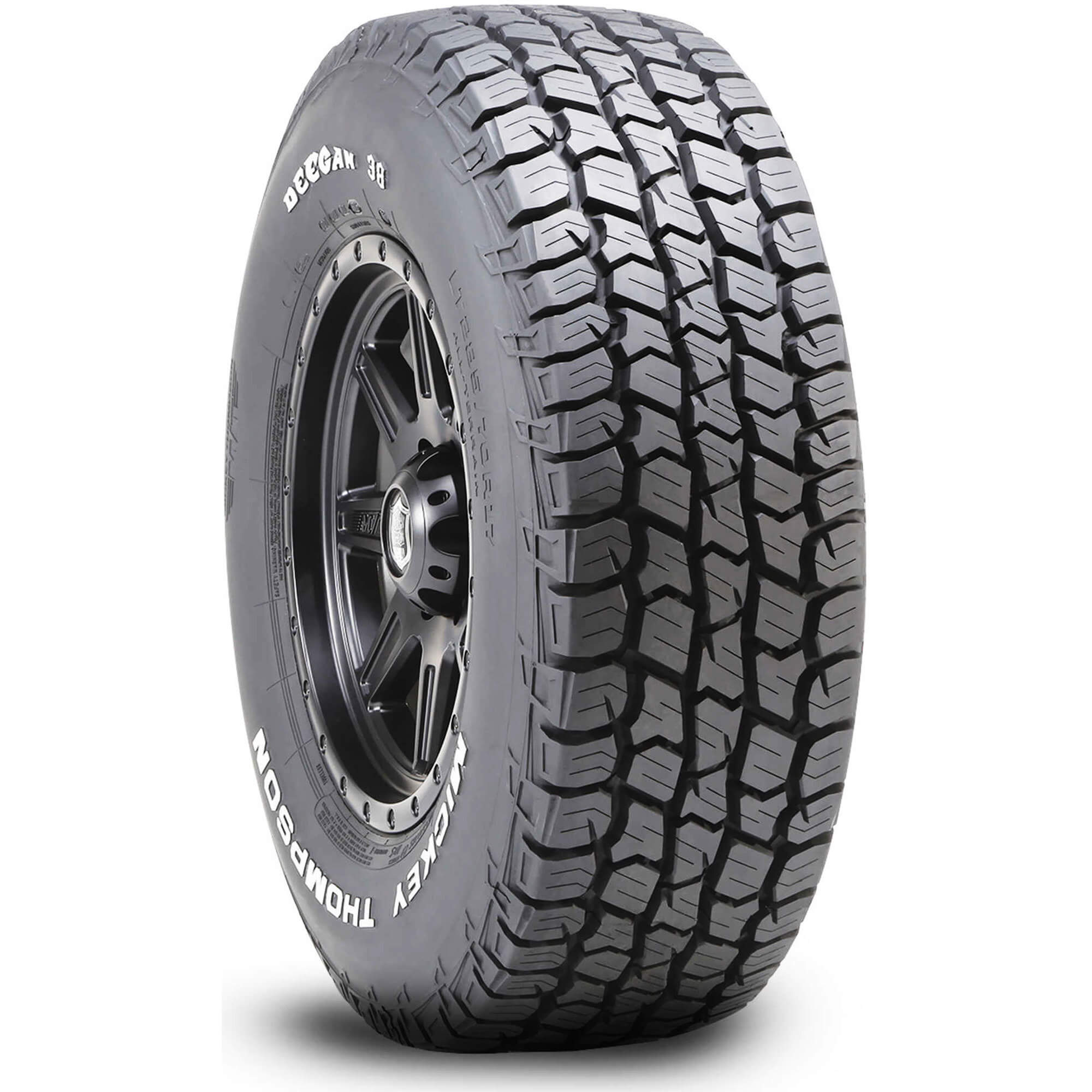
2